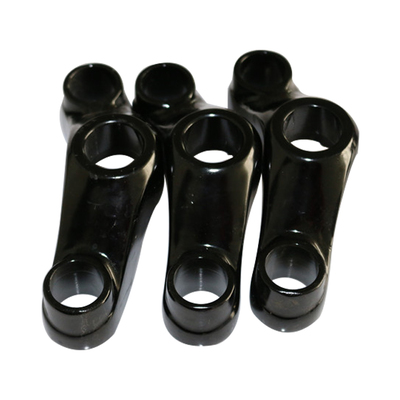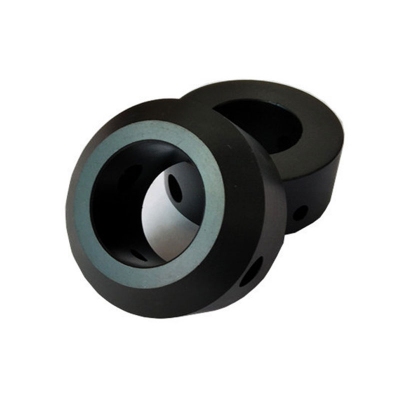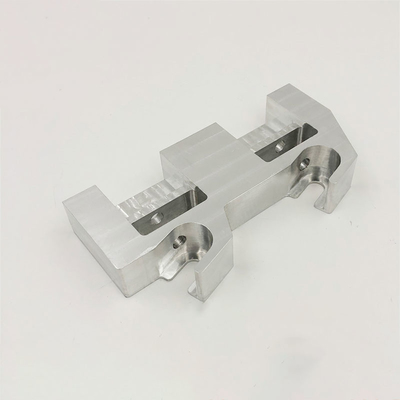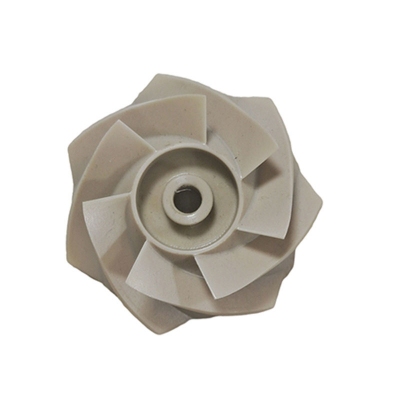3D printed porous iron
A team of engineers from Delft University of Technology has developed an extrusion-based 3D printing that can be used to manufacture temporary bone implants made of porous iron.
Like magnesium or zinc, porous iron is biodegradable, which means that it has great potential as a temporary bone substitute that degrades as new bones regrow. By reabsorbing into the body, temporary implants can reduce the risk of long-term inflammation, which is usually associated with permanent bone implants made of metal (such as titanium).
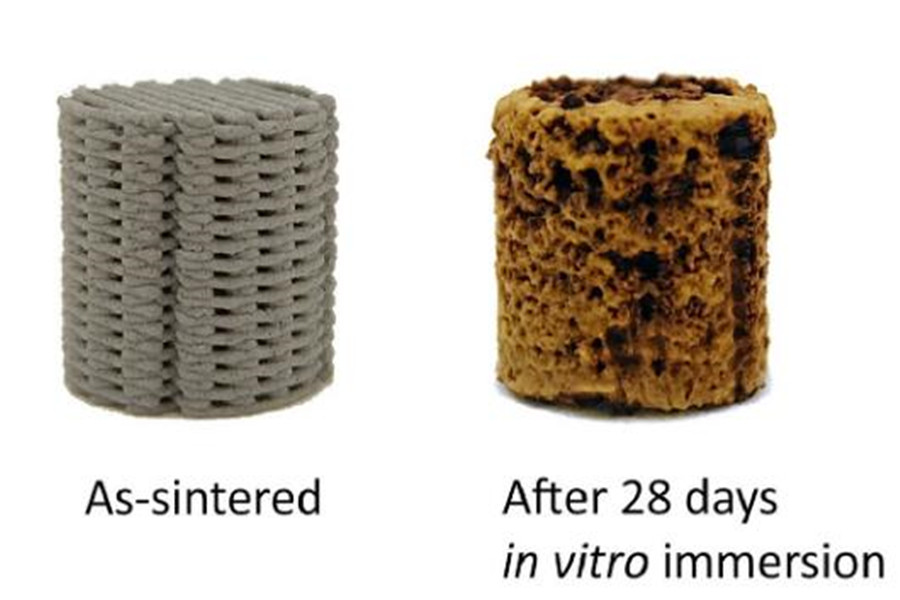
The lead author of the study, Amir A. Zadpoor, pointed out: "Compared with other biodegradable metals or polymers used in bone implants, iron has higher mechanical strength, so that it can be designed and manufactured for the treatment of critical bones. Porous structure."
At first glance, this seems to make a lot of sense for 3D printing bioabsorbable bone implants using iron. This metal is used by the human body to transport oxygen. It accelerates certain enzyme reactions, plays a major role in immune responses, and is a key component of bone regeneration.
This problem occurs when looking at the most common form of iron, which is bulk (dense) iron. Unlike porous iron, bulk iron has a very low biodegradation rate due to its relatively small surface area. Unfortunately, previous attempts to 3D print porous bone scaffolds with technologies such as powder bed fusion have been limited, mainly involving accessibility, cost or porosity control. Although extrusion-based 3D printing can overcome some of these obstacles, it is often synonymous with low-quality parts that are not suitable for end-use medical products.
Therefore, the Delft team chose to try their own dedicated squeeze-based setup. Zadpoor added: “We hope to verify the feasibility of using extrusion-based 3D printing to make porous iron, and explore the potential to solve the basic problems of bulk iron, which has a very low biodegradation rate while maintaining other important Properties (such as structural integrity) and mechanical properties during bone healing."
The team’s method involves injecting a polymer solvent with iron particles to form a composite ink. Once the support structures are printed, they are heated to burn off the polymer, leaving behind iron. The remaining iron structure is then further heat treated to sinter it into a porous solid.
Zadpoor and his colleagues immersed their printed porous scaffolds in specially formulated simulated body fluids and determined a high biodegradation rate-iron loses 7% of its mass every 28 days. The research team also found that corrosion occurs around and even inside the implant, but their mechanical properties are still consistent with human bones.
Zadpoor said: "We have confirmed that extrusion-based 3D printing technology can provide porous iron scaffolds with enhanced biodegradability and bone-like mechanical properties, which may be used as bone substitutes."
The next phase of the research involves testing the potential of extrusion-based 3D printing in other more advanced implant-related functions. This involves injecting nano-bioceramics to promote bone growth, and even injecting antibacterial agents to reduce the risk of infection after surgery.
Although titanium is largely considered the metal of choice for bone implantation, additive manufacturing researchers are constantly demonstrating the suitability of other materials for this application. In the second half of last year, scientists at the Skolkovo Institute of Technology developed a new method of 3D printing bone implants made of personalized ceramics. Much like Delft implants, Skolkovo implants have large pores, allowing them to better integrate with organic tissues.
Elsewhere, researchers have previously developed nanoclay-based 3D bioprinted scaffolds to aid bone regeneration. Injecting human bone marrow stromal cells and human umbilical vein endothelial cells into the bone replacement scaffold further promotes bone growth.
Link to this article: 3D printed porous iron
Reprint Statement: If there are no special instructions, all articles on this site are original. Please indicate the source for reprinting:https://www.cncmachiningptj.com/,thanks!
 PTJ® provides a full range of Custom Precision cnc machining china services.ISO 9001:2015 &AS-9100 certified. Large scale machining Manufacturer of medical bags, providing 3D design, prototype and global delivery services. Also offering hard cases, semi-hard EVA, soft-sewn cases, pouches and more for OEMs. All cases are made custom according to specifications with infinite combinations of materials, molds, pockets, loops, zippers, handles, logos and accessories. Shockproof, water-resistant and eco-friendly options. Medical parts, emergency response, Electronic parts, corporate, education, military, security, sports, outdoors and construction industries. Services include case concept consultation, 3D design, prototyping,rototyping,CNC Drilling Services and manufacturing.Tell us a little about your project’s budget and expected delivery time. We will strategize with you to provide the most cost-effective services to help you reach your target,You are welcome to contact us directly ( sales@pintejin.com ) .
PTJ® provides a full range of Custom Precision cnc machining china services.ISO 9001:2015 &AS-9100 certified. Large scale machining Manufacturer of medical bags, providing 3D design, prototype and global delivery services. Also offering hard cases, semi-hard EVA, soft-sewn cases, pouches and more for OEMs. All cases are made custom according to specifications with infinite combinations of materials, molds, pockets, loops, zippers, handles, logos and accessories. Shockproof, water-resistant and eco-friendly options. Medical parts, emergency response, Electronic parts, corporate, education, military, security, sports, outdoors and construction industries. Services include case concept consultation, 3D design, prototyping,rototyping,CNC Drilling Services and manufacturing.Tell us a little about your project’s budget and expected delivery time. We will strategize with you to provide the most cost-effective services to help you reach your target,You are welcome to contact us directly ( sales@pintejin.com ) .

- 5 Axis Machining
- Cnc Milling
- Cnc Turning
- Machining Industries
- Machining Process
- Surface Treatment
- Metal Machining
- Plastic Machining
- Powder Metallurgy Mold
- Die Casting
- Parts Gallery
- Auto Metal Parts
- Machinery Parts
- LED Heatsink
- Building Parts
- Mobile Parts
- Medical Parts
- Electronic Parts
- Tailored Machining
- Bicycle Parts
- Aluminum Machining
- Titanium Machining
- Stainless Steel Machining
- Copper Machining
- Brass Machining
- Super Alloy Machining
- Peek Machining
- UHMW Machining
- Unilate Machining
- PA6 Machining
- PPS Machining
- Teflon Machining
- Inconel Machining
- Tool Steel Machining
- More Material

